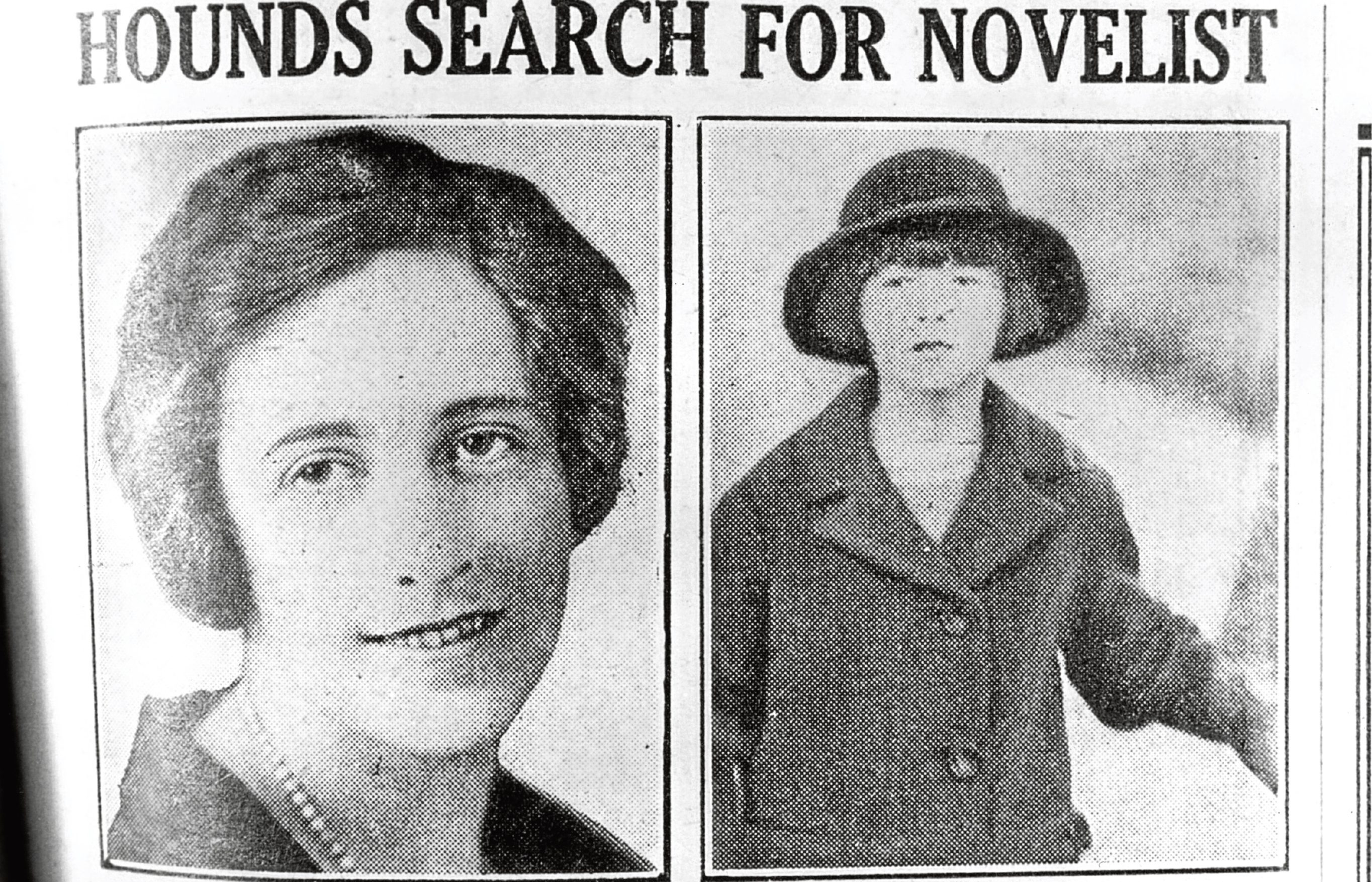
IT was when the Queen of Crime starred in her own real-life whodunit.
Ninety years ago, in 1926, Agatha Christie disappeared, sparking panic and a huge manhunt, and casting suspicion on her divorce-seeking husband and sparking a nationwide hunt.
She was eventually found 11 days later in a Harrogate hotel, after signing in using the name of her husband’s lover.
On December 3 the Christies quarrelled at Styles, the Berkshire pile the 36-year-old bought with the profits from her best-selling novels, renaming it after the setting of her first novel — The Mysterious Affair At Styles which introduced her fastidious Belgian sleuth Hercule Poirot to the world.
Archie left to spend the weekend with his younger mistress, Nancy Neele, and that same evening at about 9.45pm Agatha disappeared, having gone upstairs to kiss her sleeping seven-year-old daughter Rosalind and leaving a note for her secretary saying she was going to Yorkshire.
Her car, a green Morris Cowley, was found abandoned with its bonnet up and lights on just five miles from where her husband was staying with Neele, perched on a steep slope above a lake and containing her fur coat, expired driver’s licence and a bag of clothes.
As the days passed, speculation began to mount with many suspecting murder most foul.
Some ventured the notion that Christie had drowned herself in a lake, but there was no body and while her personal life was in disarray, professionally she was flourishing.
The Home Secretary put pressure on the police to explain the disappearance of the nation’s favourite writer while a newspaper offered a £100 reward.
More than 1,000 policemen, 15,000 volunteers and, for the first time, several aeroplanes scoured the countryside, while Scouts, bloodhounds and divers probed fields and riverbeds alike.
Sir Arthur Conan Doyle even gave a medium one of Christie’s gloves to help.
Spookily, medium Horace Leaf said she was still alive though “half-dazed, half-purposeful” and would turn up the following week — all of which was true.
Christie’s disappearance even made the front page of The New York Times but, despite the massive hunt, it wasn’t until 11 days later that she was found.
On December 14, she was discovered in the Swan Hydropathic Hotel near Harrogate, where the day after she vanished she’d arrived in a taxi and registered as Mrs Teresa Neele (the surname of her husband’s lover) from Cape Town.
There she’d explained to people she was a bereaved mother and was seen dancing the Charleston, playing bridge, doing crosswords and reading the papers — though apparently not recognising the many pictures of herself splashed across their pages.
Bizarrely, she placed an advert in The Times asking: “Friends and relatives of Teresa Neele, late of South Africa, please communicate. Write Box R 702, The Times, EC4.”
She’d been recognised by the hotel band’s banjo player, Bob Tappin, who called the police who in turn tipped off the philandering former fighter pilot Colonel Christie.
But Agatha was in no hurry, keeping him waiting in the hotel lounge whilst she changed her clothes and at first mistaking him for her brother.
She claimed to remember nothing, never explained her vanishing, and her autobiography makes no mention of it whatsoever.
All she’d say was: “For 24 hours I wandered in a dream, and then found myself in Harrogate as a well-contented and perfectly happy woman who believed she’d come from South Africa.”
Two doctors diagnosed amnesia — possibly following a car accident as she went to confront the lovers, though her Morris was undamaged — saying that she was in a “fugue state” after a nervous breakdown.
Indeed, Christie was known to be depressed about her mother’s death, literary overwork and Archie’s infidelity.
But opinion was sharply divided as to the real reason why she disappeared, and some suspected it was all a publicity stunt.
In any event, the Christies divorced in 1928, and Archie eventually married Nancy Neele.
READ MORE

Enjoy the convenience of having The Sunday Post delivered as a digital ePaper straight to your smartphone, tablet or computer.
Subscribe for only £5.49 a month and enjoy all the benefits of the printed paper as a digital replica.
Subscribe